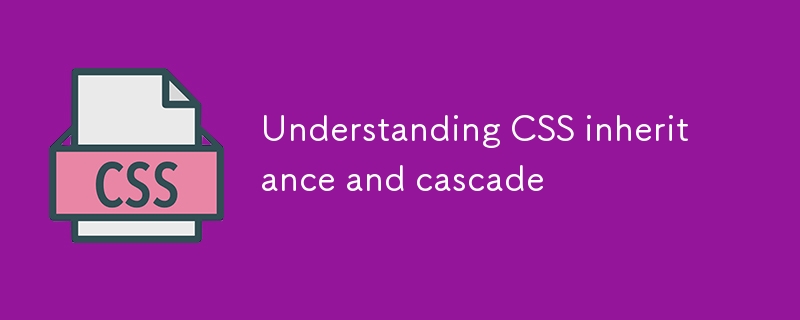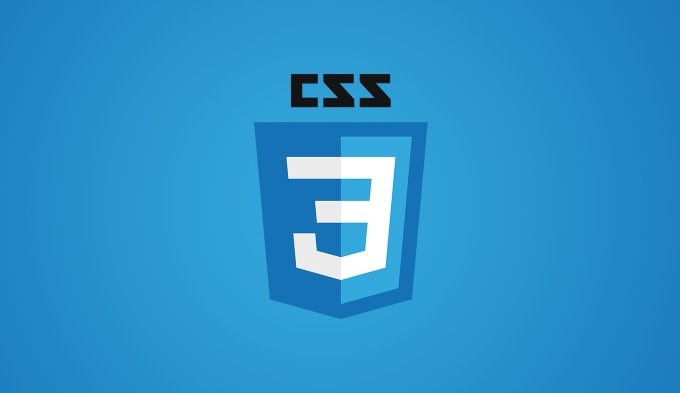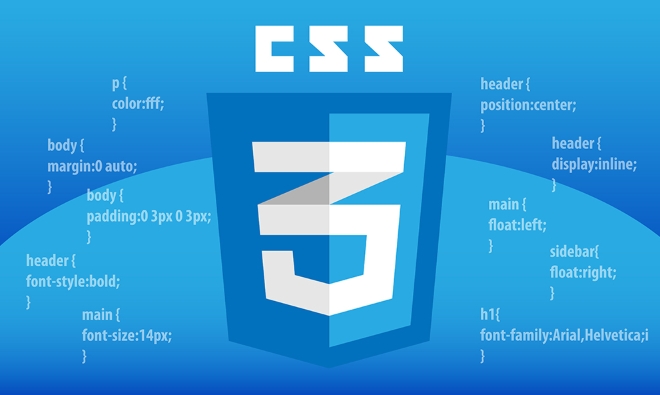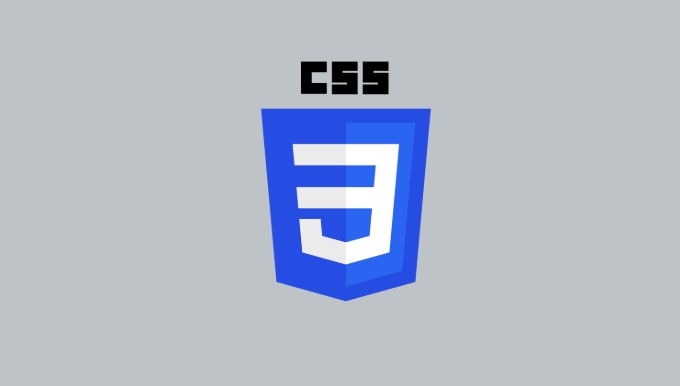 <p> The inheritance and casing mechanism of CSS is a very basic but easily overlooked part of front-end development. When many people write styles, they find that some styles are not effective or are covered by other styles. The problem is often due to the lack of understanding of inheritance and casing. This article does not go around the corner, but focuses on the key points.
<p> The inheritance and casing mechanism of CSS is a very basic but easily overlooked part of front-end development. When many people write styles, they find that some styles are not effective or are covered by other styles. The problem is often due to the lack of understanding of inheritance and casing. This article does not go around the corner, but focuses on the key points.

What is CSS inheritance?
<p> Not all CSS attributes are automatically "passed" to child elements, but some of them will. For example, text-related attributes such as font, color, and line height will be inherited by child elements by default. <p> For example:
<p> For example:<div class="parent"> <p>This text will inherit the parent's text color</p> </div>
.parent {
color: blue;
}<p> In the example above, the <p> tag does not have a color set, but it displays blue because color attribute is inheritable.  <p> But layout class attributes such as
<p> But layout class attributes such as border , margin , and padding will not be inherited. If you want the child elements to use these values, you have to write them explicitly yourself.<p> Common inheritable attributes include:-
color -
font-family,font-size,font-weight -
text-align,text-transform -
line-height -
visibility
How does the casing mechanism work?
<p> Cascade is the process by which the browser decides which CSS rules to use. Multiple rules may match an element at the same time, so who should I listen to? Here are a few key points:- Source priority: User Agent Style < User Style < Developer Style (that is, what you wrote)
- Importance:
!importantrules have higher priority, but are not recommended for abuse. - Specificity: ID > Class/Attribute Selector > Tag Selector
- Order: The same specific rules, the following will cover the previous one
p {
color: red;
}
.content p {
color: green;
}<p> Even if both match <p> , .content p is more specific, so the text is green.
Several common pitfalls in actual development
- <p> Global style pollution
When using a universal selector (such as*orbody *), elements that should not be affected may be accidentally affected, especially content in third-party component libraries. - <p> Side effects of inheritance
For example, ifhtml { font-size: 16px; }is set, and then a child element usesemorrem, the calculated size is not expected. Debugging this kind of problem is a bit troublesome, but as long as you understand the inheritance chain, it is not difficult to solve. - <p> The cascading order causes the style to not take effect
It is common when multiple frameworks or components are mixed, such as Tailwind and custom CSS exist at the same time. At this time, you can use the browser developer tools to check which rules are applied and adjust the specificity of the selector.
How to handle inheritance and casing more efficiently?
- Try to avoid using
!important, unless it is special, it can complicate maintenance. - Use BEM or similar naming specifications to improve the readability and specific control of class names.
- Reasonably organize the CSS file structure , separate reset styles, basic styles, component styles, and theme styles to reduce conflicts.
- Make good use of the Computed panel of browser developer tools to see which rules finally take effect.
<p> Basically that's it. Inheritance and casing don't seem complicated, but it can easily become the culprit of "why my style doesn't work" in real projects. If you understand the logic behind these mechanisms, you can avoid many pitfalls when writing styles.
The above is the detailed content of Understanding CSS inheritance and cascade. For more information, please follow other related articles on the PHP Chinese website!

Hot AI Tools

Undress AI Tool
Undress images for free

Undresser.AI Undress
AI-powered app for creating realistic nude photos

AI Clothes Remover
Online AI tool for removing clothes from photos.

Clothoff.io
AI clothes remover

Video Face Swap
Swap faces in any video effortlessly with our completely free AI face swap tool!

Hot Article

Hot Tools

Notepad++7.3.1
Easy-to-use and free code editor

SublimeText3 Chinese version
Chinese version, very easy to use

Zend Studio 13.0.1
Powerful PHP integrated development environment

Dreamweaver CS6
Visual web development tools

SublimeText3 Mac version
God-level code editing software (SublimeText3)

Hot Topics
 What is 'render-blocking CSS'?
Jun 24, 2025 am 12:42 AM
What is 'render-blocking CSS'?
Jun 24, 2025 am 12:42 AM
CSS blocks page rendering because browsers view inline and external CSS as key resources by default, especially with imported stylesheets, header large amounts of inline CSS, and unoptimized media query styles. 1. Extract critical CSS and embed it into HTML; 2. Delay loading non-critical CSS through JavaScript; 3. Use media attributes to optimize loading such as print styles; 4. Compress and merge CSS to reduce requests. It is recommended to use tools to extract key CSS, combine rel="preload" asynchronous loading, and use media delayed loading reasonably to avoid excessive splitting and complex script control.
 How to use Lotties in Figma
Jun 14, 2025 am 10:17 AM
How to use Lotties in Figma
Jun 14, 2025 am 10:17 AM
In the following tutorial, I will show you how to create Lottie animations in Figma. We'll use two colorful designs to exmplify how you can animate in Figma, and then I'll show you how to go from Figma to Lottie animations. All you need is a free Fig
 Breaking Boundaries: Building a Tangram Puzzle With (S)CSS
Jun 13, 2025 am 11:33 AM
Breaking Boundaries: Building a Tangram Puzzle With (S)CSS
Jun 13, 2025 am 11:33 AM
We put it to the test and it turns out Sass can replace JavaScript, at least when it comes to low-level logic and puzzle behavior. With nothing but maps, mixins, functions, and a whole lot of math, we managed to bring our Tangram puzzle to life, no J
 External vs. Internal CSS: What's the Best Approach?
Jun 20, 2025 am 12:45 AM
External vs. Internal CSS: What's the Best Approach?
Jun 20, 2025 am 12:45 AM
ThebestapproachforCSSdependsontheproject'sspecificneeds.Forlargerprojects,externalCSSisbetterduetomaintainabilityandreusability;forsmallerprojectsorsingle-pageapplications,internalCSSmightbemoresuitable.It'scrucialtobalanceprojectsize,performanceneed
 Does my CSS must be on lower case?
Jun 19, 2025 am 12:29 AM
Does my CSS must be on lower case?
Jun 19, 2025 am 12:29 AM
No,CSSdoesnothavetobeinlowercase.However,usinglowercaseisrecommendedfor:1)Consistencyandreadability,2)Avoidingerrorsinrelatedtechnologies,3)Potentialperformancebenefits,and4)Improvedcollaborationwithinteams.
 CSS Case Sensitivity: Understanding What Matters
Jun 20, 2025 am 12:09 AM
CSS Case Sensitivity: Understanding What Matters
Jun 20, 2025 am 12:09 AM
CSSismostlycase-insensitive,butURLsandfontfamilynamesarecase-sensitive.1)Propertiesandvalueslikecolor:red;arenotcase-sensitive.2)URLsmustmatchtheserver'scase,e.g.,/images/Logo.png.3)Fontfamilynameslike'OpenSans'mustbeexact.
 What is Autoprefixer and how does it work?
Jul 02, 2025 am 01:15 AM
What is Autoprefixer and how does it work?
Jul 02, 2025 am 01:15 AM
Autoprefixer is a tool that automatically adds vendor prefixes to CSS attributes based on the target browser scope. 1. It solves the problem of manually maintaining prefixes with errors; 2. Work through the PostCSS plug-in form, parse CSS, analyze attributes that need to be prefixed, and generate code according to configuration; 3. The usage steps include installing plug-ins, setting browserslist, and enabling them in the build process; 4. Notes include not manually adding prefixes, keeping configuration updates, prefixes not all attributes, and it is recommended to use them with the preprocessor.
 What are CSS counters?
Jun 19, 2025 am 12:34 AM
What are CSS counters?
Jun 19, 2025 am 12:34 AM
CSScounterscanautomaticallynumbersectionsandlists.1)Usecounter-resettoinitialize,counter-incrementtoincrease,andcounter()orcounters()todisplayvalues.2)CombinewithJavaScriptfordynamiccontenttoensureaccurateupdates.






